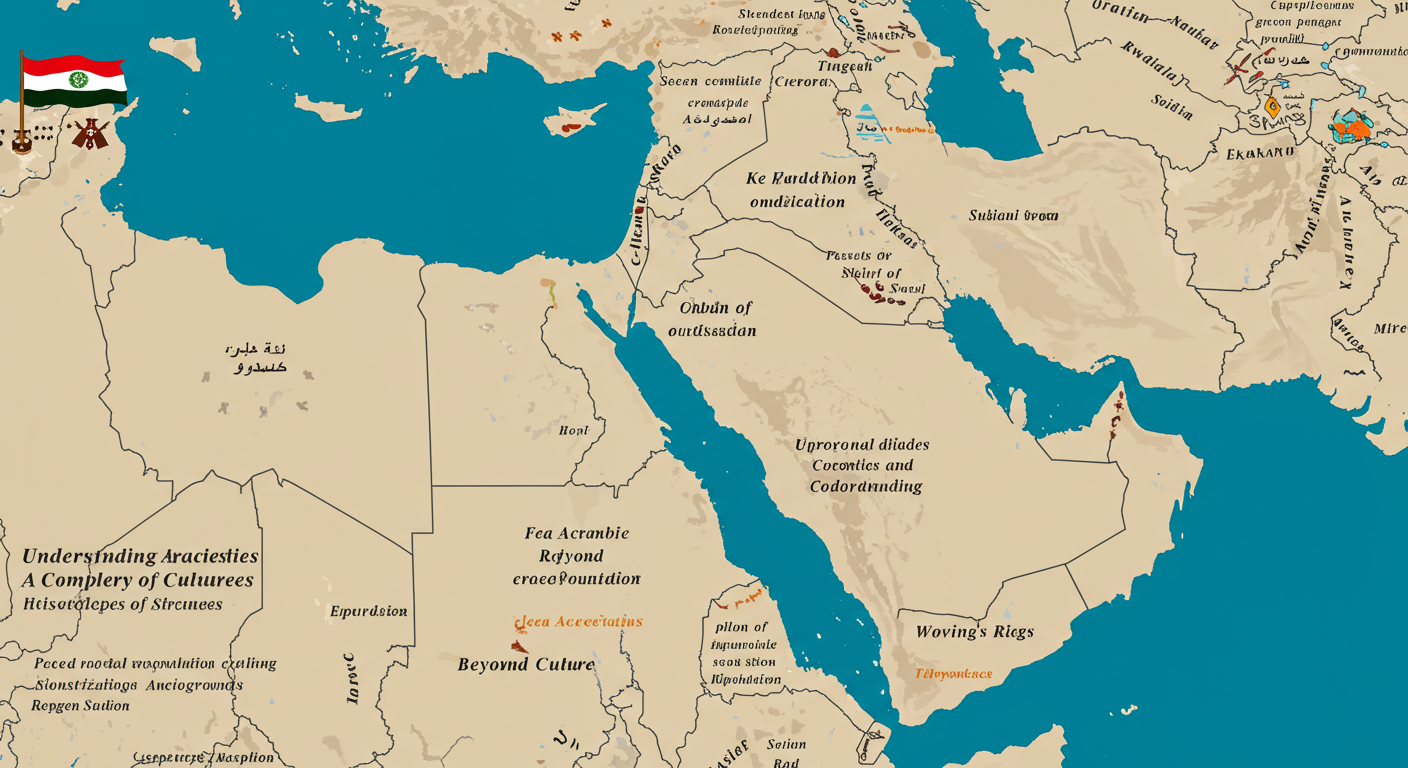Pakistan Cricket Team Conflicts: A Deep Dive into the Turbulent History

Pakistan Cricket Team Conflicts: A Deep Dive into the Turbulent History
Pakistan cricket, a sport steeped in passion and national pride, has unfortunately also been marred by a history of internal conflicts. From disagreements between players and management to controversies surrounding match-fixing and controversies over team selection, these disputes have often overshadowed the team’s on-field achievements. This article delves into the intricacies of these conflicts, exploring their roots, consequences, and the lasting impact they’ve had on the national game.
Click here to discover how these conflicts have shaped the trajectory of Pakistani cricket!
A Legacy of Internal Strife
The Pakistani cricket team has a complex and often tumultuous history. The conflicts have been a recurring theme, stretching back decades and often manifesting in various forms. These include disputes over player contracts, selection decisions, and even allegations of favoritism and mismanagement within the team’s management structure. The consequences of these conflicts often extended beyond the immediate parties involved, impacting team morale, public perception, and the broader cricketing landscape.
One key aspect of these controversies is the intense scrutiny and criticism faced by the team. Pakistani cricket fans, notoriously passionate and loyal, have often been deeply affected by these conflicts. They’ve witnessed their heroes embroiled in disputes, creating a sense of disillusionment and uncertainty about the team’s future. This atmosphere of negativity can drastically affect the players’ performance and create an environment that’s far from conducive to success.
The Role of Management and Selection
A recurring theme in Pakistan cricket’s conflicts is the role of management and selection committees. Allegations of bias, favoritism, and poor decision-making have repeatedly surfaced, often leading to significant unrest within the team. These internal conflicts frequently stem from differing opinions on player selection, team strategy, and the overall direction of the team. Without transparent and consistent selection criteria, such controversies are inevitable and often leave a lasting stain on the reputation of those involved.
Examining the selection processes is crucial to understanding the deep-rooted issues that contribute to the persistent conflicts.
The Shadow of Match-Fixing
The specter of match-fixing has, unfortunately, also cast a long shadow over Pakistani cricket. Allegations and investigations into potential match-fixing scandals have damaged the team’s credibility and tarnished the image of the game within Pakistan and internationally. These allegations, often accompanied by accusations of corruption and collusion, have deeply affected the public’s trust and confidence in the integrity of the sport. The subsequent legal battles, investigations, and suspensions have created significant turmoil within the team and added to the already complex web of conflicts.
The Impact on Player Performance and Morale
The constant conflicts and controversies have demonstrably impacted player performance and morale. The mental strain of dealing with such disputes, coupled with the pressure of intense international competition, can significantly affect a player’s concentration and overall output on the field. Teams riddled with internal conflicts struggle to maintain unity, focus, and the necessary cohesion needed to achieve collective success. This often translates into subpar performances in crucial matches, ultimately diminishing Pakistan’s chances of achieving success.
These controversies invariably spill over into the public sphere, fueling media speculation, fan disillusionment, and damaging the national image, both at home and internationally. This is a vicious cycle that severely hinders Pakistan’s progress as a cricketing powerhouse.
The Socio-Political Context
It’s impossible to ignore the socio-political context that often surrounds Pakistan cricket conflicts. Political influences, personal vendettas, and the general cultural landscape of the nation can all contribute to the issues. Understanding these factors is vital to comprehending the complexities of the controversies.
Looking Forward
Addressing these persistent conflicts requires a multifaceted approach. A more transparent and merit-based selection process is crucial. Stronger governance structures, coupled with greater accountability within the Pakistan Cricket Board (PCB), are essential to promote a healthier, more sustainable environment. A commitment to ethical conduct, from players to management, is paramount to rebuilding trust and restoring Pakistan cricket to a position of respect and admiration.
Player welfare initiatives and improved mental health support systems are also critical. By acknowledging the pressures players face and providing them with the resources they need to manage these challenges, the PCB can foster a more harmonious and productive team dynamic.
The Role of Fans and Media
Furthermore, fostering a more supportive and constructive environment for the team requires a change in mindset from fans and media alike. Constructive criticism and encouragement, rather than excessive negativity and condemnation, would contribute to a more conducive atmosphere for players to perform at their best. Responsible reporting by media outlets can play a vital role in promoting a more balanced narrative and preventing the escalation of conflicts.
This deeper understanding of the conflicts within Pakistan cricket is essential not just for appreciating the history of the sport but also for laying the groundwork for a more sustainable and successful future. The future of Pakistani cricket depends on a commitment to accountability, transparency, and a shared vision of excellence.
Case Studies and Examples (Illustrative)
To further illustrate the impact of these conflicts, let’s briefly examine some key examples. The infamous match-fixing allegations, the disputes over team selection, and accusations of favoritism have all contributed to the negative narrative surrounding Pakistan cricket. These instances, though complex, highlight the need for thorough investigations, transparent processes, and a commitment to ethical conduct.
(Space for more detailed case studies and examples. These should be factual and accurately researched.)
Addressing these conflicts demands a comprehensive approach, involving multiple stakeholders and a thorough understanding of the historical context. By acknowledging the interconnectedness of the various factors, Pakistan can work towards a future where cricket is a source of national pride and inspiration.